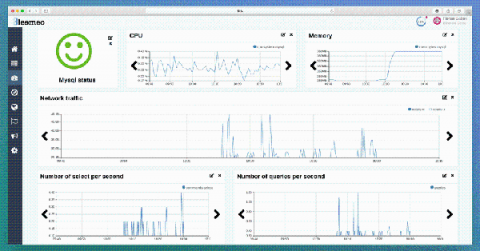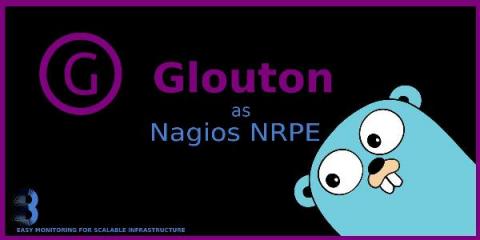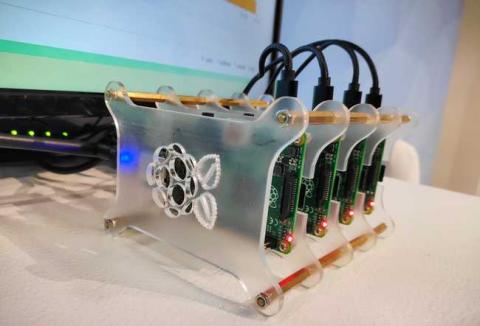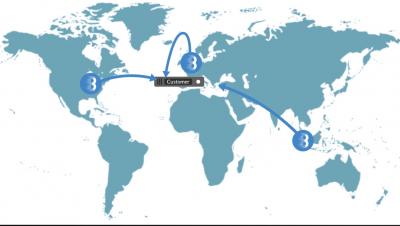How to monitor your key process with Bleemeo?
This article explains how to monitor service process on your service with Bleemeo using MySQL as an example. This feature is what we called "Key Process Monitoring" and is described by our documentation. Currently, you can monitor any service process automatically discovered by Bleemeo. All metrics are detailed in our documentation, in a few words, metrics related to memory, cpu, network and i/o used by this process are gathered by the agent.











